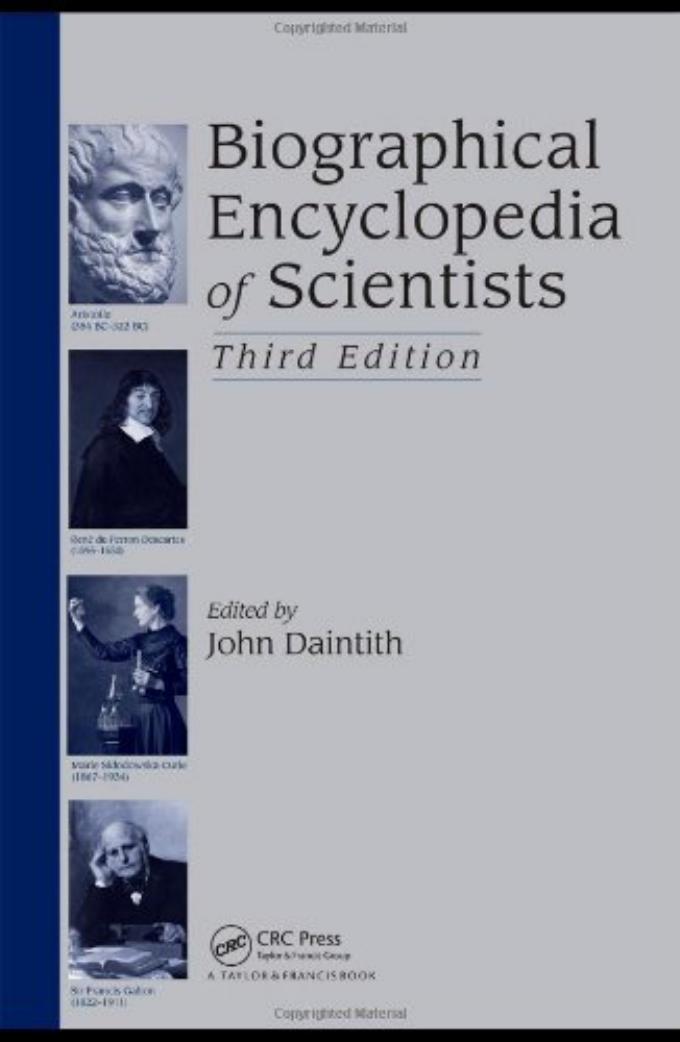

Most ebook files are in PDF format, so you can easily read them using various software such as Foxit Reader or directly on the Google Chrome browser.
Some ebook files are released by publishers in other formats such as .awz, .mobi, .epub, .fb2, etc. You may need to install specific software to read these formats on mobile/PC, such as Calibre.
Please read the tutorial at this link: https://ebookbell.com/faq
We offer FREE conversion to the popular formats you request; however, this may take some time. Therefore, right after payment, please email us, and we will try to provide the service as quickly as possible.
For some exceptional file formats or broken links (if any), please refrain from opening any disputes. Instead, email us first, and we will try to assist within a maximum of 6 hours.
EbookBell Team

4.3
8 reviewsearliest times to the present day. It is an updated version of A Biographical
Encyclopedia of Scientists, which was published by the Institute of Physics in 1993.
This in turn was based o n earlier editions.
In this new edition, we have updated all the entries and added over 200 new
biographies. We have also included a simple pronunciation guide in entries where this
is appropriate. The respelling system used is shown on page vi. Another added feature
of this edition is the inclusion of a selection of quotations by or about certain people.
There are also cross references to other entries in the book – these are indicated by
SMALL CAPITALS. In the appendix to the book there is a chronology of key events in
science, a list of useful web sites, and a subject index.
In compiling such a book there are several difficult decisions to make on the
selection of material. The most general one is that of the scope of the book – what
areas of knowledge it should cover. This work concentrates on what might be called
the ‘traditional’ pure sciences – physics, chemistry, biology, astronomy, and the earth
sciences. It also covers medicine and mathematics, and includes a selection of people
who have made important contributions to engineering and technology. A few of the
entries cover workers in such fields as anthropology and psychology, and a small
number of philosophers have also been allowed in.
Our intention has been to produce a book as much about science itself as about
scientists, and this has governed our approach to selecting information: the entries
contain basic biographical data – place and date of birth, posts held, etc. – but do not
give exhaustive personal details about the subject’s family, prizes, honorary degrees,
etc. Most of the space has been given to their main scientific achievements and the
nature and importance of these achievements. This has not always been easy;
…